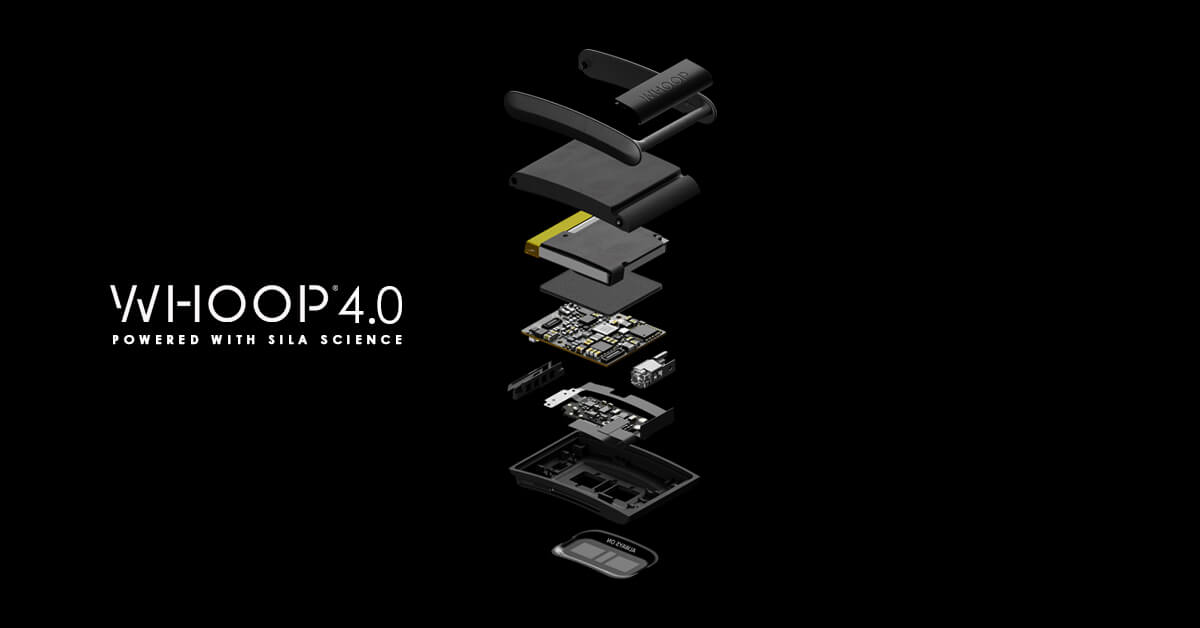Sila Nanotechnologies just made a huge leap in Lithium-ion battery innovation


- The next-gen lithium-ion battery technology — a cell packed with more energy at a lower cost — developed by Sila Nanotechnologies recently made its first appearance on the consumer market
- The company hopes to do the same soon for electric vehicles
California wearables giant, Whoop, recently revealed its latest health and fitness tracker, the Whoop 4.0. What makes it different from any other wearables in the market is its battery is made by Silicon Valley-based Sila Nanotechnologies. Sila’s lithium-ion battery innovation represents one of the most significant step-changes in battery chemistry in the past few decades, in a congested consumer market.
In fact, the materials company has spent the last decade working to boost the energy stored in lithium-ion batteries — an advance it believes could enable smaller gadgets and electric vehicles with far greater range. Hence, Sila believes that the launch of the small fitness tracker using its batteries is proof of the success of its work over the last decade.
The Whoop launch is indeed just the first step towards a future that Sila envisioned, where almost all energy requirements are met with electricity.

California wearables giant, Whoop, just recently revealed its latest health and fitness tracker, the Whoop 4.0. Source: Sila Nanotechnologies
Battery technology by Sila Nanotechnologies
The 10-year effort resulted in the company developing silicon-based particles that can replace the graphite in anodes, and hold more of the lithium ions that carry the current in a battery. The result? A battery with up to 20% more energy density than conventional lithium-ion batteries, with a smaller battery footprint.
Sila’s CEO Gene Berdichevsky was Tesla’s seventh employee, who helped solve some of the critical battery challenges for the company’s first electric vehicle, according to the MIT Technology Review. “Think of the Whoop 4.0 as our Tesla Roadster. It’s really the first device on the market that’s proving this breakthrough,” he said.
The materials used, with a light assist from other advances, increased the energy density in the fitness tracker’s battery by around 17%. For a field that generally inches forward by a few percentage points a year, this was significant progress. The novel battery materials and other improvements also made it possible for Boston-based Whoop to shrink the device by a third, while maintaining five days of battery life.
Separately, Gene told TechCrunch that while launching a small fitness tracker doesn’t seem like a big thing, “but this is really the first device in the market that proves our breakthrough, and, over time, this will scale and lead to the electrification of everything.” To put it simply, this is the headway that spotlights Sila Nano’s role in powering electric vehicles — which is right at the top of Berdichevsky’s “electrification of everything” list.
A more energy-dense battery in the transportation sector can actually reduce the cost or extend the range of electric vehicles, the two of the biggest issues that have discouraged consumers from giving up their traditional cars. To recall, Sila Nano has joint battery ventures with BMW and Daimler to produce batteries containing the company’s silicon-anode technology, with the goal of going to market in the automotive space by 2025.
What’s next for Sila Nanotechnologies?
For Sila, once the battery barrier has been removed, “there’s no end to what’s next”. “Better cameras. Sleeker, more ergonomic body designs. More vibrant displays. Longer-lasting power. More accurate biometric sensors. Seamless 5G capabilities. Lighter headsets and handhelds. All of the above,” its website proclaims.
The company reckons that with increased energy density and a smaller battery footprint, there is more room for new innovations and attention-grabbing features. “The kind that creates real product differentiation that consumers geek out over. And it all begins with one elemental shift, a better lithium-ion battery. Powered with Sila science.”
The post Sila Nanotechnologies just made a huge leap in Lithium-ion battery innovation appeared first on TechHQ.


